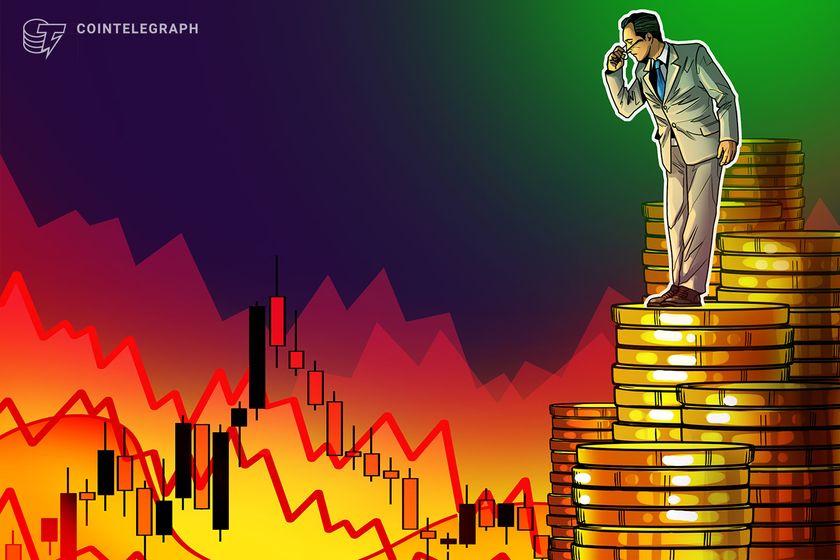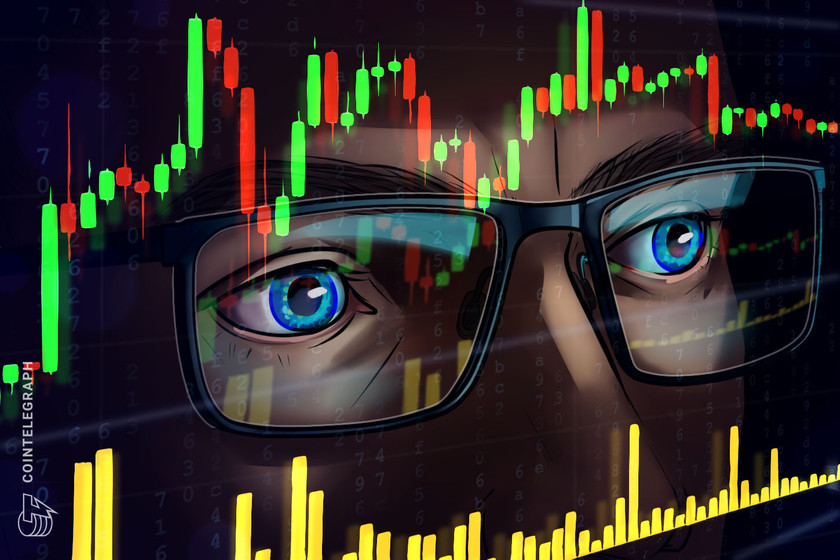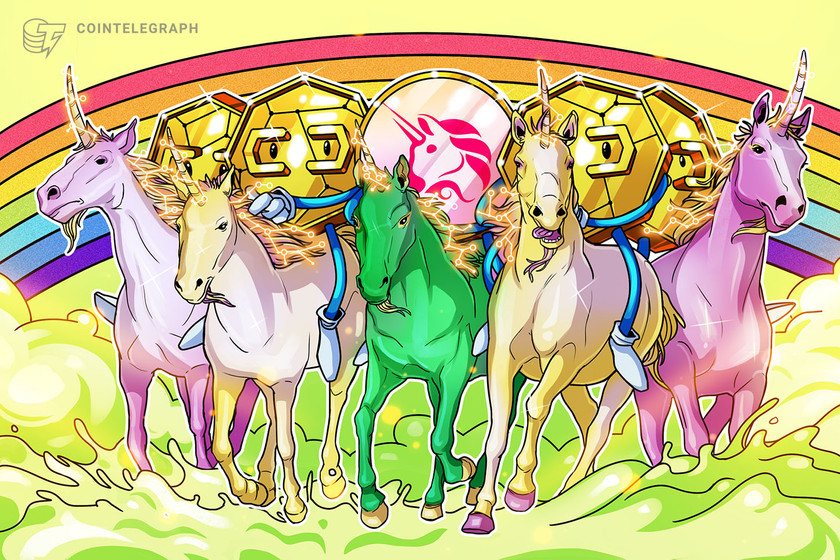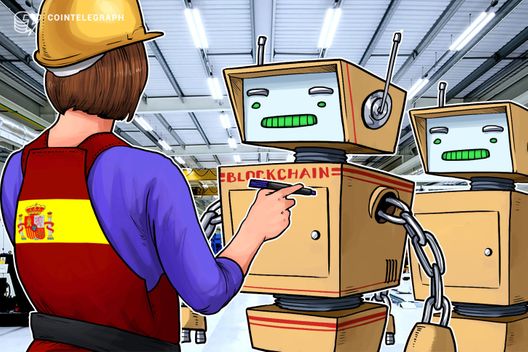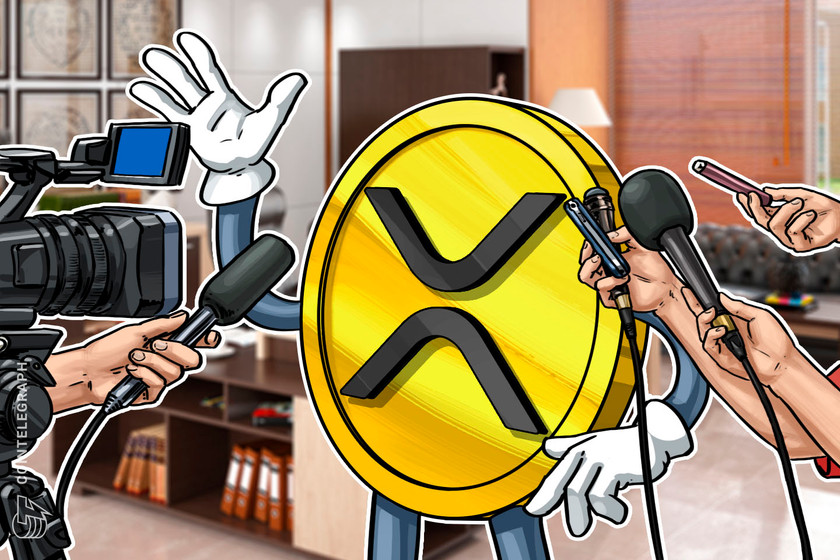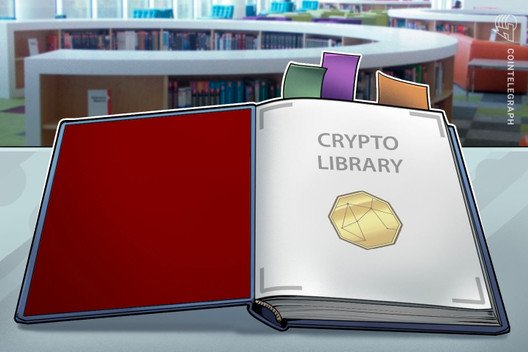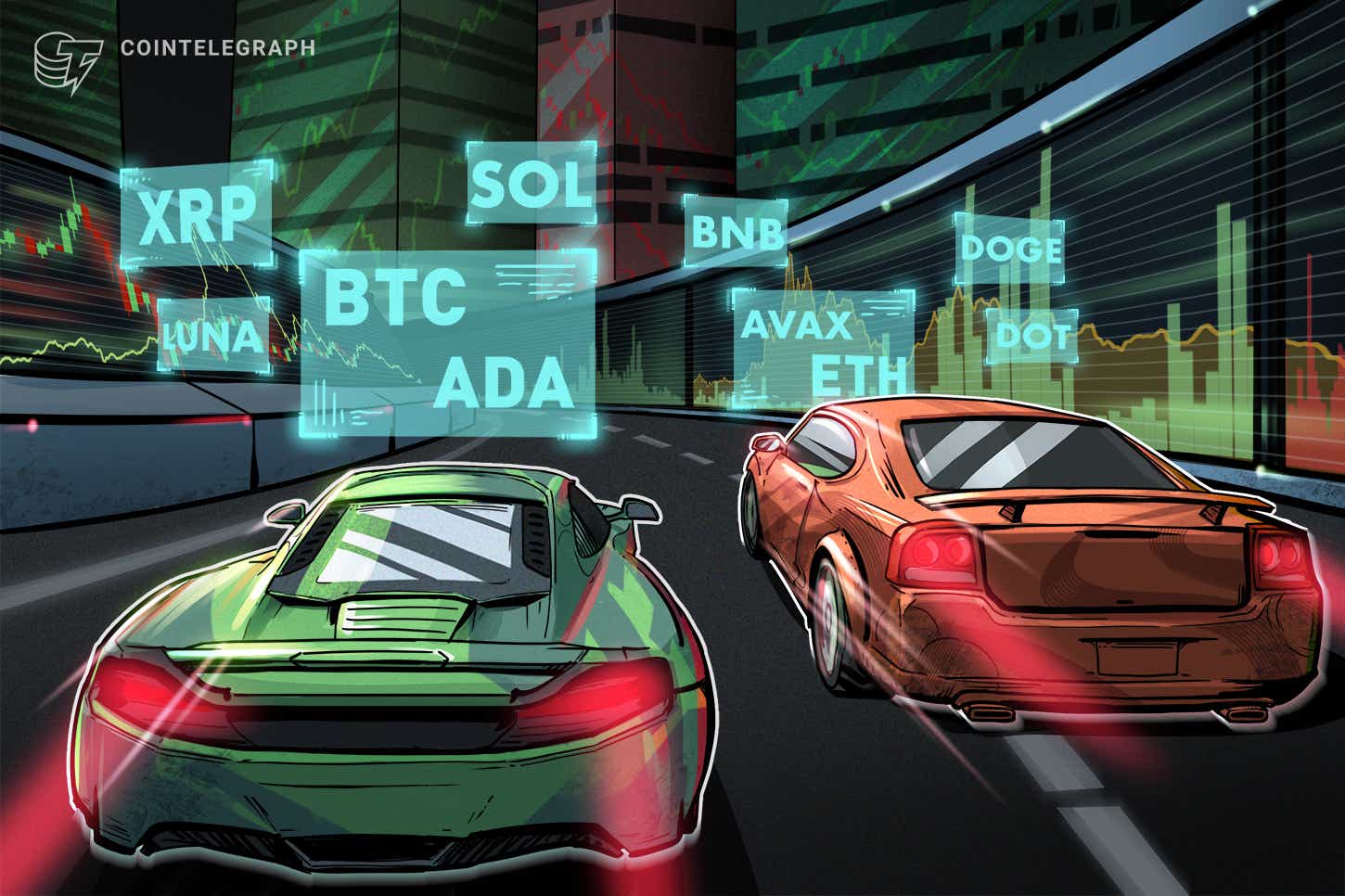How to distinguish a good crypto project from a bad one
The world of crypto can be a daunting place to adventure in and with the inherent risk of capital, figuring out how to distinguish a good project from a bad one could be the difference between a bumpy ride or a smooth journey.
Here are 10 data points to help you figure out whether a project could be worthy of investment or should be desperately avoided.
Utility — the differentiating factor
The utility of a crypto project can be the difference between a successful or unsuccessful project tenure. The reason for this is that value-added longevity is a vital part of determining a cryptocurrency’s likelihood of surviving — after all, if there is no value to be had, what is the purpose?
Without a purpose and value, demand can drop, and eventually, the project may cease to exist — especially when times get hard and a bear market hits.
Top holder token percentage: Data is your best friend
Now, this one may seem like an odd pick, right? However, this becomes an important aspect based on the ratio of token holdings compared to the ratio of top holders.
So, suppose you find a project, and 80% of the tokens are held by the top 100 holders. In that case, the likelihood is that the majority is team distributed or that whales hold the majority and can easily manipulate price action as a result.
Marketing with eyes on the prize
Having eyes on a project is certainly an important aspect. Quite simply, marketing is required in any expansion, whether that be investments, driving engagement or building a community or product. It can often be a hassle to keep up or track all the announcements from a budding project. Using data aggregators can help you keep up with announcements and any changes to projects.
Token distribution: Look at the numbers
For a project to gain the trust of potential investors, valid token distribution is imperative. Poor token distribution can lead to a concentration of tokens, a lack of decentralization, conflicts of interest and a lack of liquidity. These issues can significantly undermine the project’s credibility, hinder growth and adoption and potentially lead to manipulation of the token’s value as a result.
Tokenomics: Here’s where you need to pay attention
Supply, demand, distribution, longevity — the list goes on. All of these and more can come under the tokenomics department of a project. Equally, all of these can play a big part in deciding whether the tokenomics signal a good or poor project as numbers matter, and if they do not look good in the long term, the chances of a project’s longevity are on the line.
Community is key
A strong community can add absolute value to almost every project as they provide a backbone, giving the stability, engagement and trust that projects so desperately desire.
Weak or non-existent communities tend to indicate a lack of trust or interest, which can be a bad indicator for an investment. High communal interests and growth can add to sentiment and positivity within a project, which may lead to increased longevity and added value.
Project team: Who’s who
Everything tends to be stronger with a team and that remains the same with crypto projects. The team can determine the potential for success. The combination of talent and experience can ensure higher chances of longevity for a project and can also help to build trust and communal aspects too.
Roadmap: For those who like to follow along
We all know how important that trusty map can be when lost on the road, now imagine that roadmap didn’t keep to its promises and there were missing areas. It would cause problems — especially with trust.
Well, this applies to the roadmap of crypto projects. If deadlines or promises are not met, not only does it impact the investor, but expansion and trust are also lost too. Spotting whether a roadmap has been followed and goals have been met are crucial to figuring whether a crypto project is worthy of investment or not.
Active addresses
The number of active addresses in a cryptocurrency project can provide vital information. Active addresses represent the number of unique addresses that have sent or received transactions on a particular blockchain network within a specific time frame. The higher number of active addresses, the stronger the user-based engagement is.
Low amounts of active addresses can indicate a lack of interest or trust and conversely illustrate a problem in the overall project. This is a credible area to consider when looking at whether a project is good or not so good currently.
Those good old exchange listings
Crypto projects gain traction from being in the public eye and being available to access, which is exactly what exchange listings do. The more exchanges a token is available on, the more likely it is to succeed, and for many reasons — access, stability, growth, engagement and much more. The bigger the exchanges, the better, so when looking for signs of whether a project is good or bad, multiple exchange listings and their tier can give a better indicator.
Closing summary
Overall, there are many factors to consider when deciding whether a project is good or bad and these are just 10 data points that we believe could help in deciphering through the many decision-making processes and choosing which projects you value most to deploy capital within.
When focusing on what sets apart a good project from a bad one, we haven’t considered the project itself, the unique utilities driven by tokenomics and enforced by smart contracts, and the financial incentives that are set in place to attract new holders.
The information provided here is not investment, tax or financial advice. You should consult with a licensed professional for advice concerning your specific situation.
Ilias Salvatore is the product and brand lead at Flooz Trade — a place to buy, trade and track crypto with real-time data and alerts.
This article was published through Cointelegraph Innovation Circle, a vetted organization of senior executives and experts in the blockchain technology industry who are building the future through the power of connections, collaboration and thought leadership. Opinions expressed do not necessarily reflect those of Cointelegraph.
Learn more about Cointelegraph Innovation Circle and see if you qualify to join

